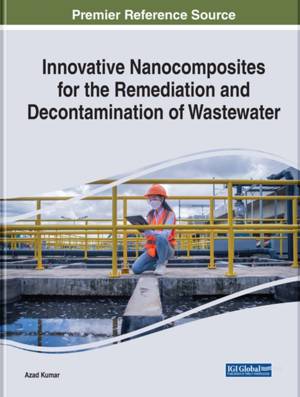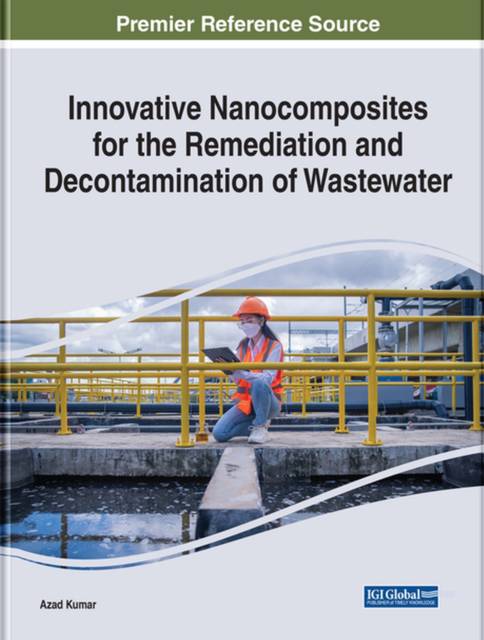
Je cadeautjes zeker op tijd in huis hebben voor de feestdagen? Kom langs in onze winkels en vind het perfecte geschenk!
- Afhalen na 1 uur in een winkel met voorraad
- Gratis thuislevering in België vanaf € 30
- Ruim aanbod met 7 miljoen producten
Je cadeautjes zeker op tijd in huis hebben voor de feestdagen? Kom langs in onze winkels en vind het perfecte geschenk!
- Afhalen na 1 uur in een winkel met voorraad
- Gratis thuislevering in België vanaf € 30
- Ruim aanbod met 7 miljoen producten
Zoeken
Innovative Nanocomposites for the Remediation and Decontamination of Wastewater
€ 363,95
+ 727 punten
Omschrijving
Industry wastewater is a major contributor to environmental pollution with chemicals such as dyes, acids, fungicides, and more creating a threat to the environment. Nanocomposites of heterogeneous photocatalysis can be used to cure such problems due to its efficiency and ease of use, as well as the fact that it turns toxic chemicals completely to carbon dioxide and inorganic acids. With toxic chemicals posing a tremendous threat to ecological wellbeing and human health, it is integral that a variety of nanocomposites are studied for their use in the degradation of toxic and hazardous chemicals. Innovative Nanocomposites for the Remediation and Decontamination of Wastewater describes the synthesis of nanomaterials and its application for the protection of the environment. It presents studies on the photodegradation of the various toxic and hazardous chemicals by different nanocomposites, as well as the decontamination of bodies of water through the use of various nanocomposites. Covering topics such as dye degradation, novel biomaterials, and structural modification, this premier reference source is a vital resource for environmental scientists, construction managers, compliance officers, biochemists, biophysicists, conservation scientists, hydrologists, microbiologists, libraries, students and educators of higher education, researchers, and academicians.
Specificaties
Betrokkenen
- Uitgeverij:
Inhoud
- Aantal bladzijden:
- 404
- Taal:
- Engels
- Reeks:
Eigenschappen
- Productcode (EAN):
- 9781668445532
- Verschijningsdatum:
- 27/05/2022
- Uitvoering:
- Hardcover
- Formaat:
- Genaaid
- Afmetingen:
- 216 mm x 279 mm
- Gewicht:
- 1220 g

Alleen bij Standaard Boekhandel
+ 727 punten op je klantenkaart van Standaard Boekhandel
Beoordelingen
We publiceren alleen reviews die voldoen aan de voorwaarden voor reviews. Bekijk onze voorwaarden voor reviews.








